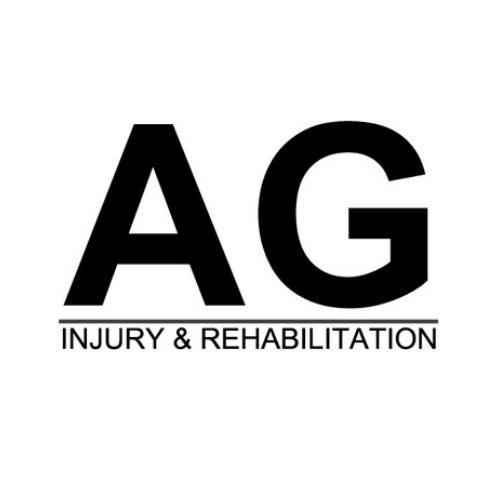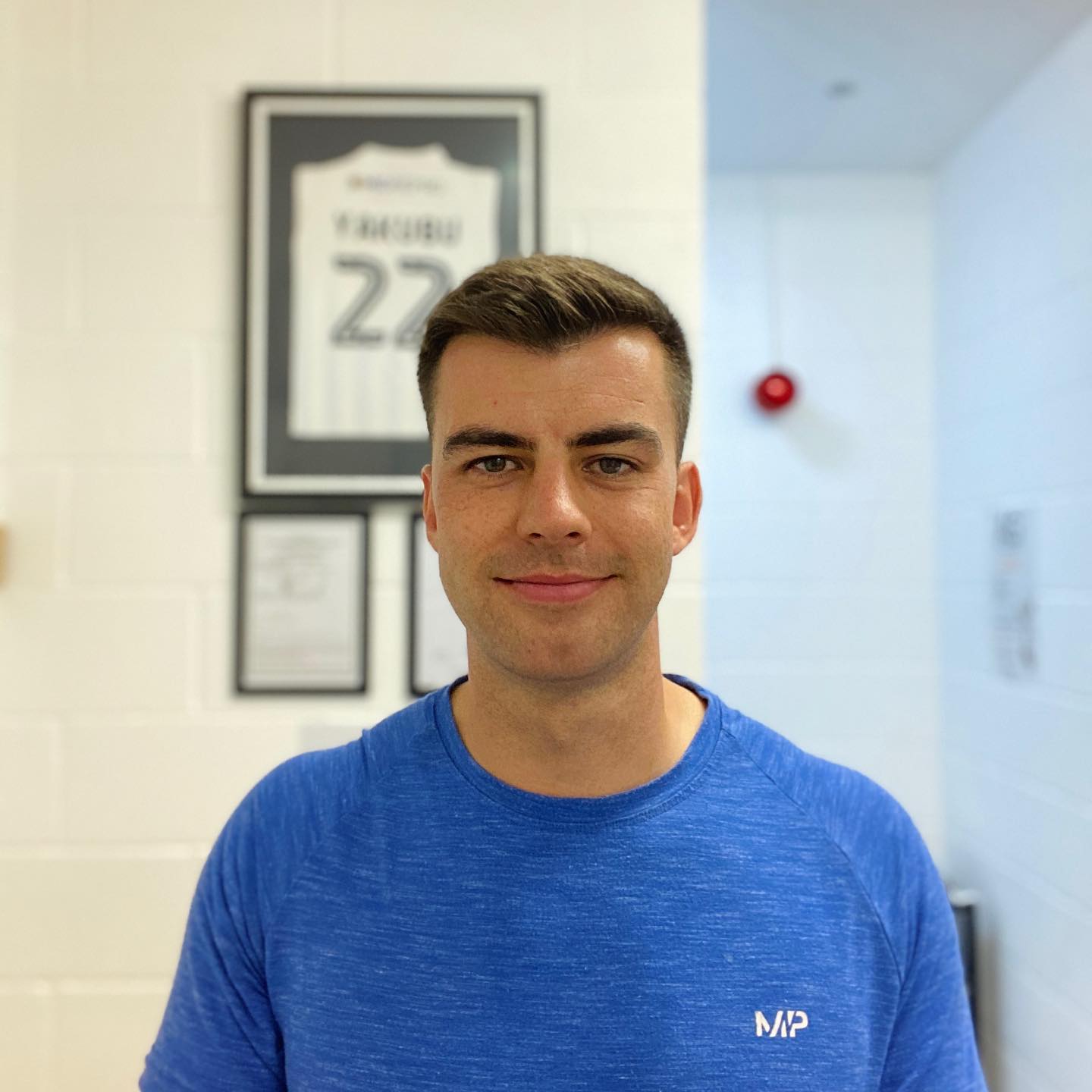
Knee valgus, commonly referred to as "knock knees" or medial knee collapse, is a movement pattern where the knees cave inward, particularly during weight-bearing activities like squatting, jumping, or running. While it might not seem like a big deal at first, knee valgus can have serious implications for knee, hip, and lower back health. In this post, we'll break down what causes knee valgus, the risks it poses, and how you can fix it to prevent injuries and improve movement quality.
What Causes Knee Valgus?
Knee valgus is often a result of muscular imbalances, poor movement mechanics, or structural alignment issues. Some of the most common causes include:
-
Weak Glutes (Glute Medius & Maximus) – When the muscles responsible for stabilizing the hips are weak, the knees tend to collapse inward.
-
Weak Core Muscles – A weak core can lead to poor pelvic control, contributing to knee valgus.
-
Tight Hip Adductors & Internal Rotators – Tight inner thigh muscles can pull the knees inward.
-
Limited Ankle Mobility – If the ankles lack proper dorsiflexion (the ability to bend forward), the knees may compensate by collapsing inward.
-
Poor Neuromuscular Control – Some individuals lack proper control over their movement patterns, leading to inefficient mechanics.
-
Flat Feet (Overpronation) – Poor foot arch control can cause the knees to cave inward.
How Knee Valgus Affects Your Body
1. Knee Health
If left uncorrected, knee valgus can lead to several knee issues, including:
-
Increased ACL Injury Risk – Medial knee collapse is a significant risk factor for ACL tears, particularly in sports that require sudden changes in direction.
-
MCL Strain – The medial collateral ligament (MCL) is placed under excessive stress, leading to potential sprains or tears.
-
Patellofemoral Pain Syndrome (PFPS) – Poor knee alignment affects patellar tracking, resulting in pain at the front of the knee.
-
Meniscus Damage – Abnormal pressure on the medial meniscus can lead to degeneration or tears.
-
Increased Risk of Osteoarthritis – Uneven joint loading accelerates wear and tear on the cartilage.
2. Hip Health
Since the hip and knee work together, knee valgus can also negatively impact hip function by:
-
Weakening Hip Stabilizers – The glute muscles, particularly the glute medius, struggle to maintain proper femoral alignment.
-
Causing Hip Pain & Impingement – Excessive femoral internal rotation and adduction can lead to hip impingement.
-
Contributing to Greater Trochanteric Pain Syndrome – Weak glutes and poor hip mechanics can cause irritation and pain on the outside of the hip.
3. Lower Back Health
The effects of knee valgus don’t stop at the lower body—it can also influence spinal health:
-
Pelvic Instability – Poor knee alignment is often linked to anterior pelvic tilt, which increases lower back arching (lumbar lordosis).
-
Lower Back Pain – Weak glutes and core muscles contribute to spinal instability, increasing stress on the lower back.
-
Increased Risk of Disc Problems – Poor movement patterns can lead to excessive spinal compression over time, increasing the likelihood of disc bulges or herniations.
How to Fix Knee Valgus
Correcting knee valgus requires a combination of strength training, mobility work, and neuromuscular re-education. Here’s how you can address the issue:
1. Strengthening Exercises
Building strength in key muscles will help stabilize your knee alignment:
-
Glute Medius Activation – Exercises like banded side steps, clamshells, and single-leg work help strengthen the hip abductors.
-
Glute Max & Hamstrings – Hip thrusts, Romanian deadlifts, and single-leg Romanian deadlifts enhance posterior chain strength.
-
Quadriceps Strengthening – Step-ups, Bulgarian split squats, and goblet squats build knee stability and strength.
2. Mobility Work
Improving mobility ensures that the body moves efficiently without compensations:
-
Ankle Mobility Drills – Combat stretches and calf stretches improve dorsiflexion.
-
Hip External Rotation & Abduction – 90/90 hip mobility drills and deep squat holds enhance hip mobility.
3. Neuromuscular Re-Education
Retraining movement patterns is crucial to prevent knee valgus from recurring:
-
Squat & Landing Mechanics – Focus on keeping knees aligned with the toes during squats, lunges, and landings.
-
Single-Leg Stability Training – Bulgarian split squats and single-leg deadlifts improve control and balance.
4. Foot & Ankle Considerations
Since foot mechanics can contribute to knee valgus, addressing these areas can make a big difference:
-
Check for Overpronation – Flat feet may require foot-strengthening exercises or orthotics.
-
Barefoot Training & Foot Strength – Strengthening the intrinsic foot muscles can improve overall lower-body stability.
Final Thoughts
Knee valgus is more than just an aesthetic issue—it has serious consequences for knee, hip, and lower back health. If you notice your knees caving in during squats, lunges, or sports activities, it's crucial to address the underlying causes through strength training, mobility work, and movement retraining. By making these adjustments, you can reduce injury risk, improve performance, and ensure long-term joint health.
If you’re struggling with knee pain or looking to improve your movement, consider working with a professional to assess your mechanics and create a structured plan tailored to your needs.
Have you experienced knee valgus? What strategies have worked for you? Let me know in the comments!

